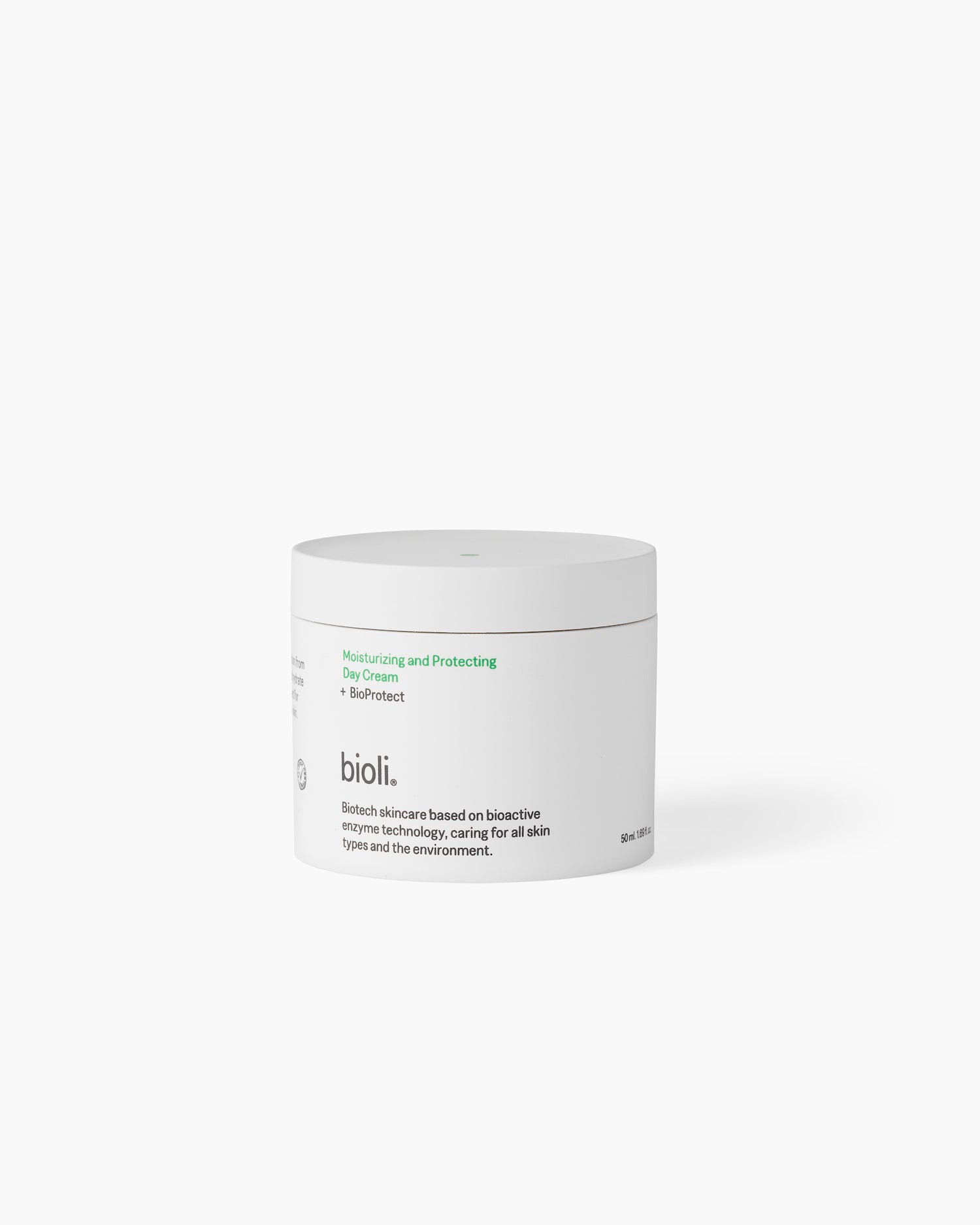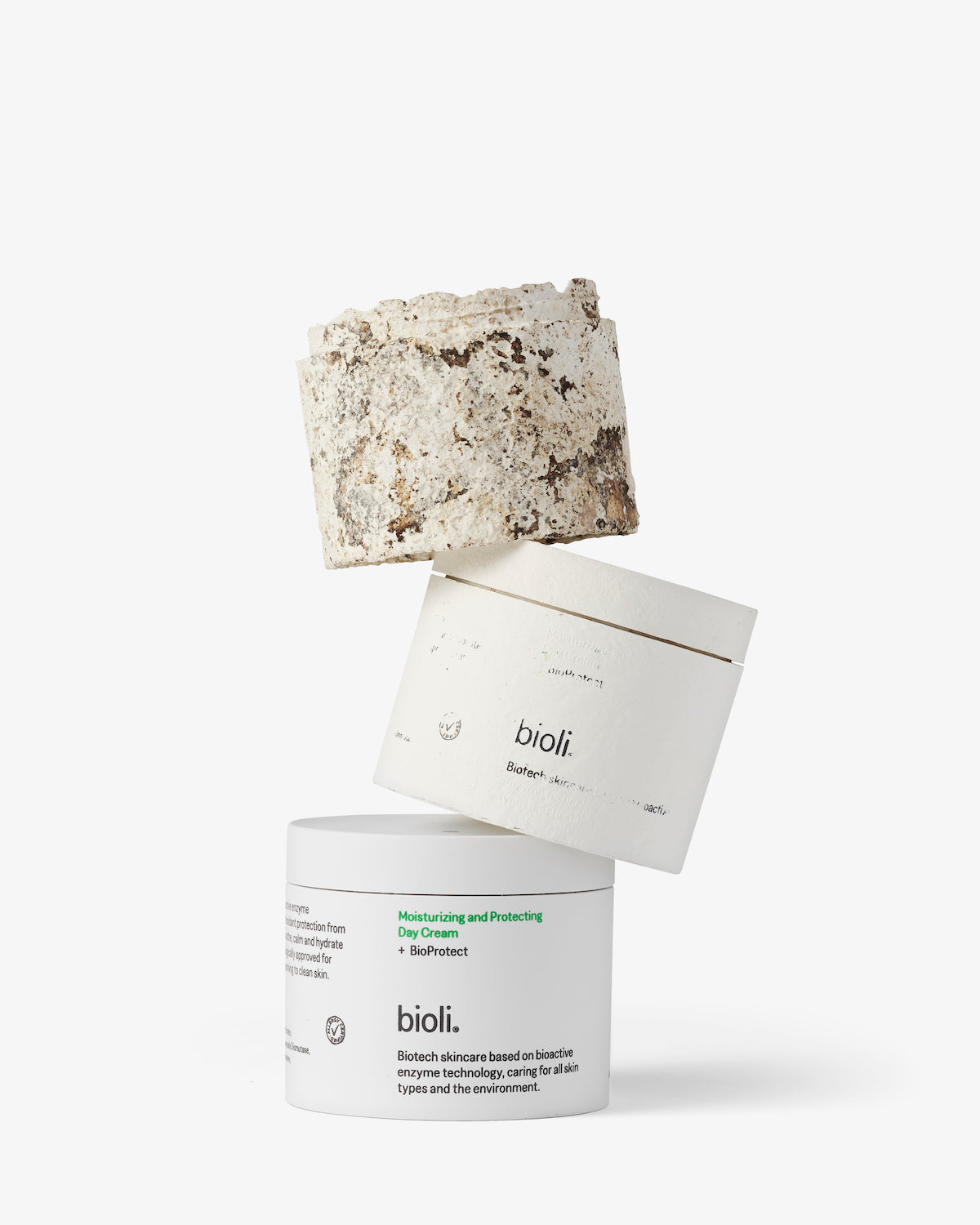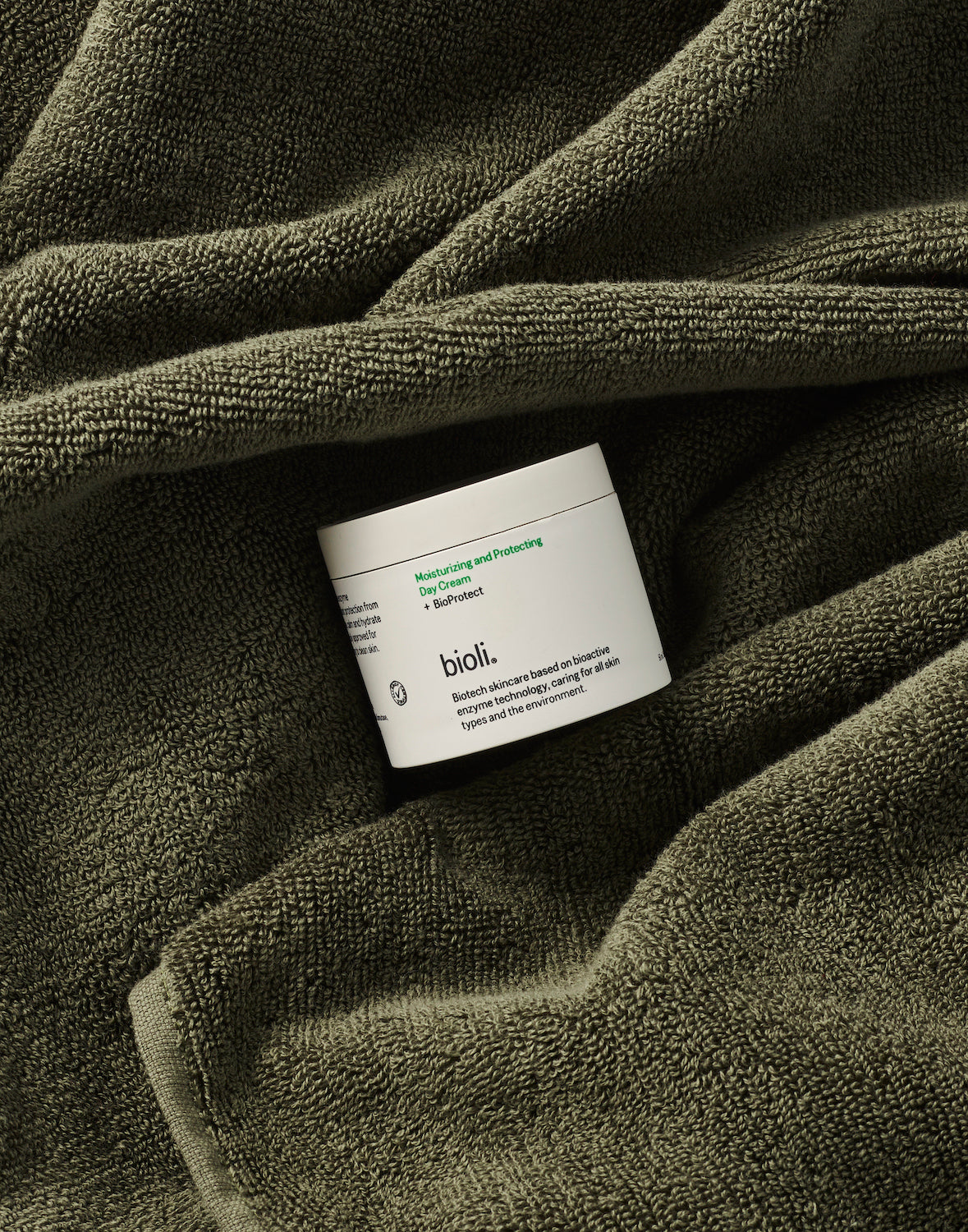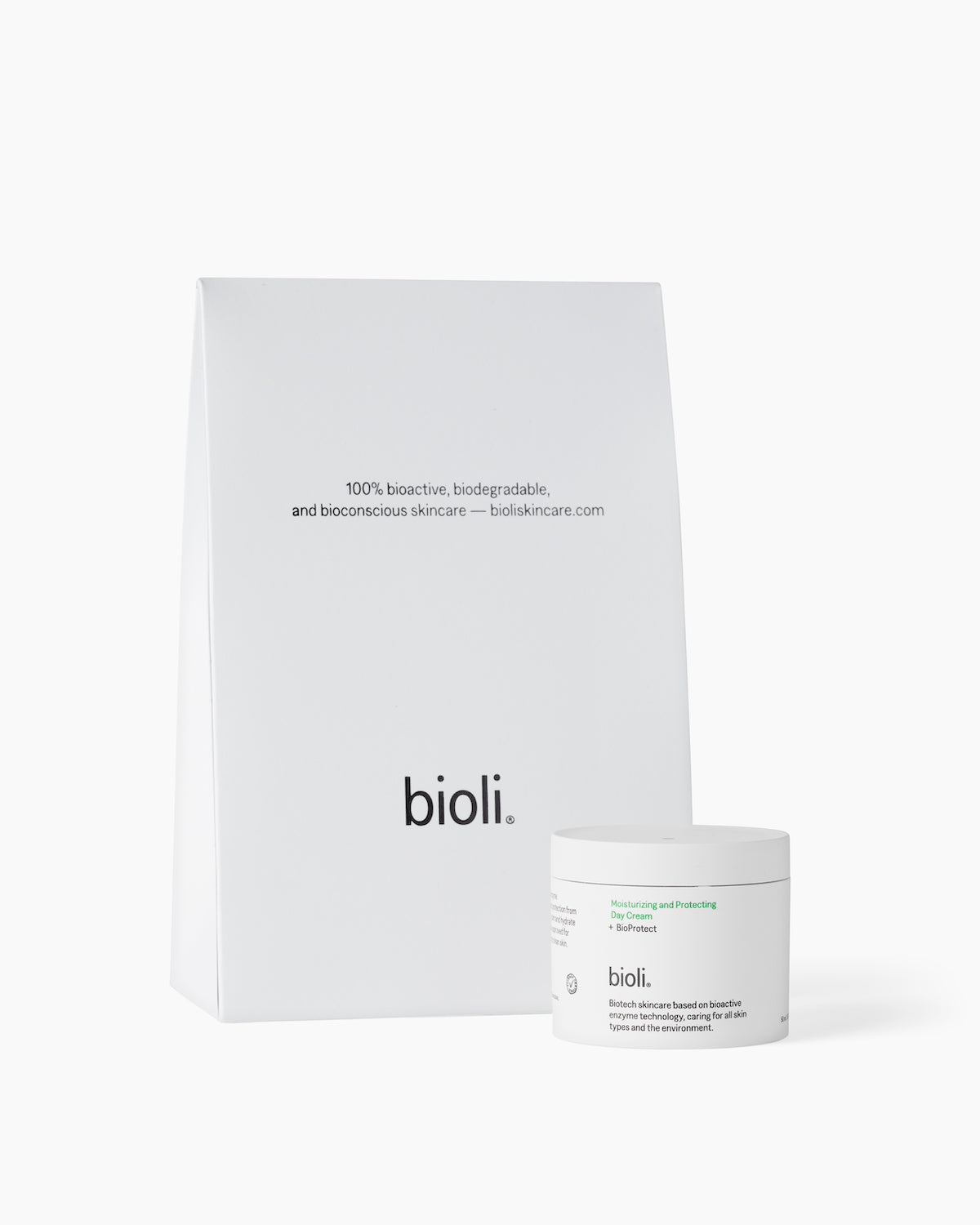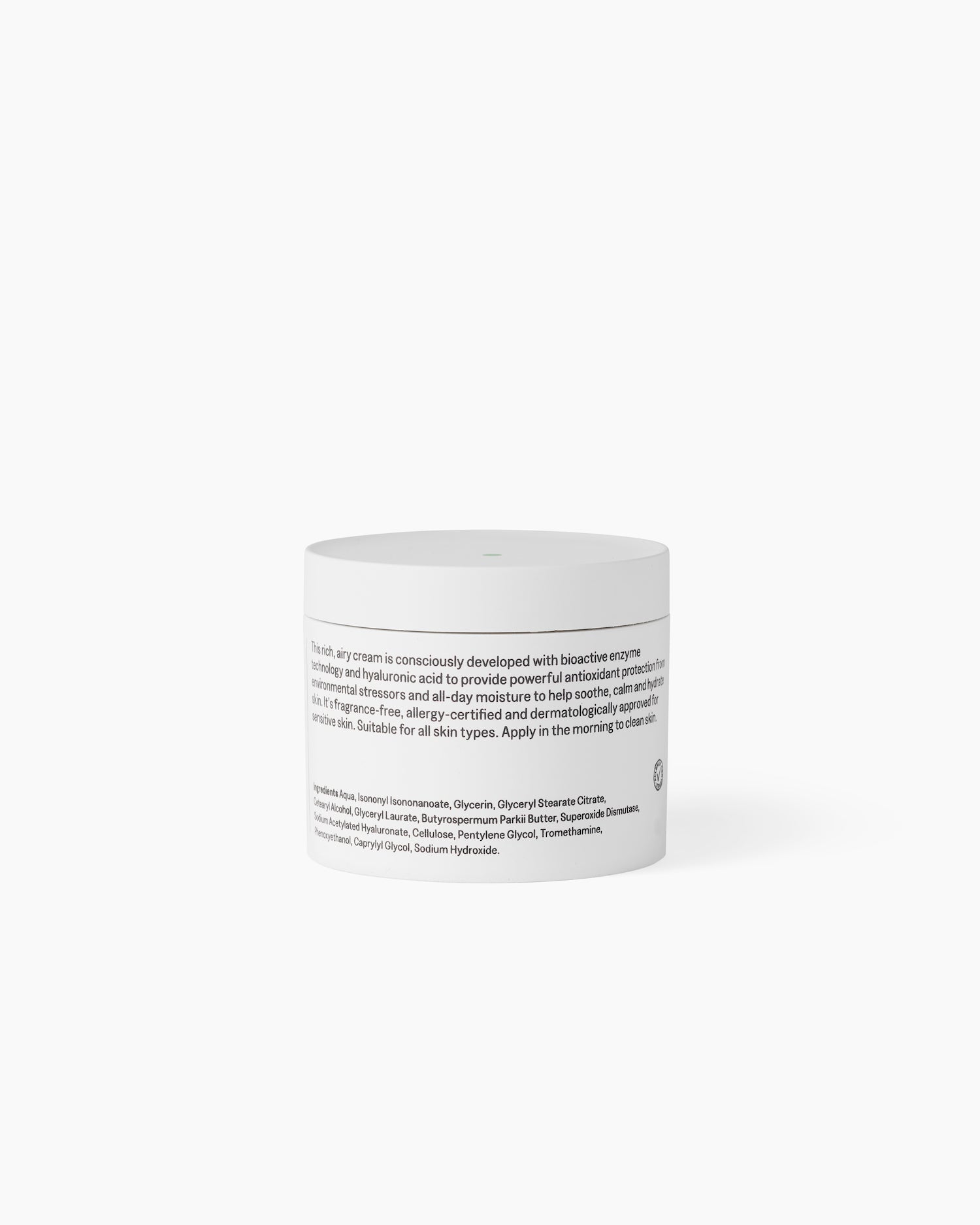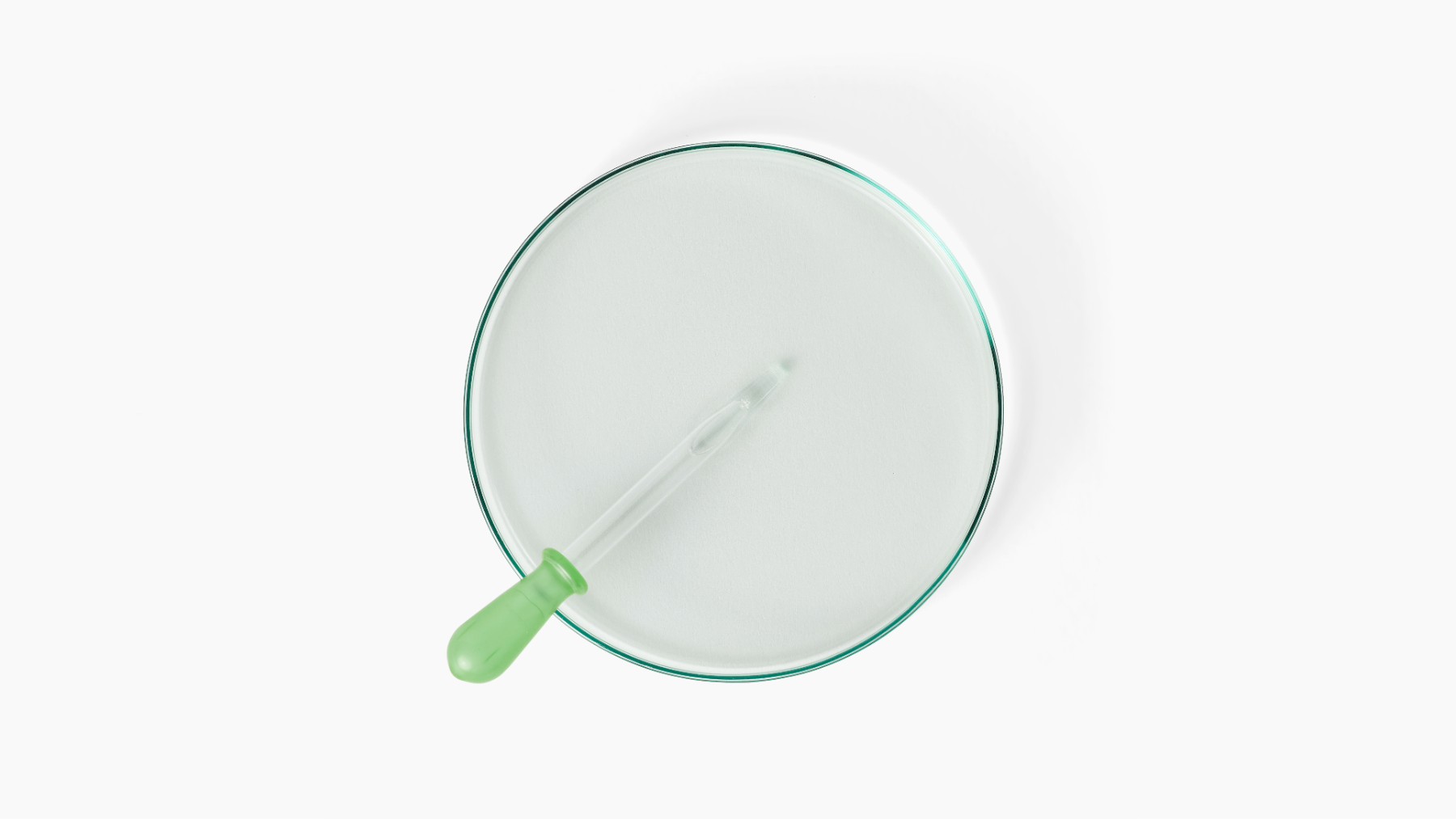What’ an INCI?
For a skincare company to launch a product, it is legally required to list all ingredients in the product. These are typically added to the product jar or bottle itself, and if not there, then onto the outer packaging. The list of ingredients is called an INCI.
For ease of global trade, consumer safety, and the regulation of personal care products, ingredients are assigned standardized names recognized worldwide. Although it may at first glance appear as a weird language, it’s actually quite smart to have a uniform language, rather than names in different languages.
INCI stands for “International Nomenclature of Cosmetic Ingredients” and is a list of the standardized and internationally accepted names used in the declaration of ingredients on cosmetic and personal care products. The U.S.-based trade association, Personal Care Products Council (PCPC), oversees the INCI nomenclature system, ensuring that naming conventions are standardized and updated according to industry and regulatory needs.
16,000 ingredients
To date, there are over 16,000 ingredients listed on INCI, with more added each year as new ingredients are extracted from botanicals or lab-synthesized. It's no wonder that getting an overview of what’s in the cream you just purchased or are about to add to your basket can be challenging. But by understanding the INCI, even just parts of it or a few INCI names if there is something you are allergic to and simply don’t want in your skincare, helps you make more informed choices and avoid unwanted ingredients in the products you use daily.
Tips to quickly assess if your products meets your requirements
To guide you through the jungle of ingredients, we have put together some tips to help you quickly navigate and understand the INCI, followed by four free tools in the form of apps and web applications that can help you assess your products and gain more knowledge on the specific ingredients.
1. The first ingredient listed is the one in the largest quantity
2. Look for numbers
3. Look out the word “perfume” and “limonene”
4. Buy from EU online stores
Great tools to check for unwanted ingredients
Below we have chosen four tools, which include a comprehensive amount of products, are all very intuitive to navigate, and follow the EU regulations, known for being the strictest in the world. They are also all free and easy to access, so give them a try.
Kemiluppen - App
How it works
- Download the App through App Store or Google Play
- Press “Start scanner” and scan the INCI (Ingredients list) or the barcode
- Get immediate feedback, describing all ingredients individually in the product and providing a collective score for the product as a whole - A, B, or C:
- A: Good choice without any problematic substances
- B: Without most problematic substances - but includes perfume and fragrance or substances that are harmful to the environment.
- C: Includes problematic substances. That could be substances known for being hormone-disrupting, carcinogenic, or especially allergy-causing. C is also given to kids' products with perfume. The substances are legal, and the one product in itself is not harmful, but contributes to your collective exposure to unwanted substances, which can collectively lead to health risks.
The Danish Consumer Council THINK Chemicals has also prepared this article listing unwanted substances in care products, which is also very useful. The headings are in Danish and need to be translated, but the ingredients are listed using common INCI names.
INCI Decoder - Web
How it works
-
Visit the INCI Decoder website: https://incidecoder.com/
-
Enter the name of the product or ingredient in the search bar.
-
Get detailed information about ingredients, including their functions, benefits, and potential risks. You can also compare products against each other by clicking the compare button.
EWG's Skin Deep - Web-based
How it works
-
Go to the website: https://www.ewg.org/skindeep/
-
Input an ingredient, product, or brand.
-
Get information on ingredient concerns, label information, certifications, and a total score for the products.
CosIng - Web-based
A comprehensive free web-based tool by the European Commission, providing information on ingredient uses, regulations, and safety assessments. It’s a bit more technical than the ones provided above.
How it works
- Access the CosIng database: https://ec.europa.eu/growth/tools-databases/cosing/
- Input the name of the ingredient into the search field.
- Get detailed information about the ingredient, including its uses, regulations, and safety assessments.
Think Dirty is another good tool worth mentioning. It features 2.67 million products and allows you to scan the barcode to access ingredient summaries, certifications, and ratings. Like the tools mentioned above, this one is also easy to navigate and offers valuable insights. However, note that it’s primarily US-focused and may not always align with EU regulations. Additionally, it requires a premium (pay access) to access ingredient information.
Input your tips and tricks
With the tools provided, we hope it will become easier for you to decode the INCI next time you shop for a new product or check the ones you have in your bathroom cabinet. Especially, if you experience skin irritations and suspect a certain product is causing them, check the ingredients. It might be a good product, and another product or circumstance could be causing the issue, or it might include substances that do not work well with your skin. This way, you know what to look for and avoid next time.
Our advice is always to review the ingredient list on the product when you receive it and return the product if it contains substances you wish to avoid. Please leave us a comment if you have ideas for more tools that should be added to the list or just tips on how to decode the INCI, and we’ll update accordingly so that we together can help each other make better and more informed choices.


